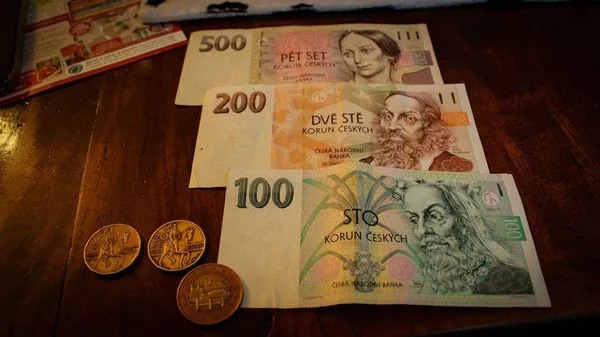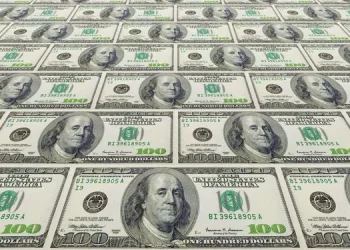Derivatives are financial products whose prices depend on the prices of other assets.
So, it can be known that in addition to spot trading, foreign exchange forward, futures, options, swaps and so on are all derivatives.
Foreign exchange derivatives are a type of financial contract. Foreign exchange derivatives are usually instruments derived from the original asset.
Their value depends on one or more underlying assets or indices. The basic types of contracts include forwards, futures, swaps (swaps) and options.
Foreign exchange derivatives also include structured financial instruments that have one or more characteristics of forwards, futures, swaps (swaps) and options.
The basic characteristics of the foreign exchange derivatives are: margin trading, which can be as long as pay a certain percentage of deposit in full, do not need to actually the transfer of the principal, the end of the contract in general, with the method of differential settlement, only in the performance of the contract due to physical delivery way to require the buyer to pay the full payment for goods.
So derivatives trading has leverage.
The lower the guarantee, the greater the leverage and the greater the risk.
Foreign exchange derivative is a kind of financial derivative.
Foreign exchange forward contract is an agreement between two parties to buy or sell a certain amount of financial products at a certain price on or before a certain date in the future.
Foreign exchange forward contract is one of the financial derivatives with the longest history and the simplest transaction method, and it is also the basis of several other basic derivative products. In recent years, a new product with rapid development is forward agreement.
Foreign exchange futures is developed on the basis of commodity futures and is a form of financial futures.
Foreign exchange futures are standardized contracts promising to buy or sell a financial asset at a specified time in the future.
The quantity, quality and delivery time are all fixed; the only thing that changes is the price.
Foreign exchange futures contracts are traded on a variety of subjects.
The principle of foreign exchange futures trading is the same as the principle of commodity futures trading, which makes use of the convergence of futures price and spot price fluctuations. When the futures contract is close to delivery, the futures price and spot price will tend to be the same.
In the spot and futures markets, the variety, quantity and delivery date are the same but the direction is opposite. The profit in one market makes up for the loss in the other market, so as to avoid the risk of price fluctuation. The main characteristics of foreign exchange futures trading are: trading is a kind of standardized contract trading;
Trading is margin trading;
Foreign exchange futures market is a tangible market;
Trading implements membership system and daily settlement system;
The participants are hedgers and speculators.
The hedging method in foreign exchange futures trading is basically the same as the general commodity period hedging method. The basic method can adopt long hedging and short hedging.
A currency option is a contract of rights that gives the buyer the right to buy or sell a financial asset at an agreed price at an agreed date or within an agreed period of time for payment of a fee (called an option premium).
According to the rights of the buyer, options can be divided into call options and put options.
The former means that the buyer has the right to purchase certain financial assets at the agreed price, while the latter means that the seller has the right to sell certain financial assets at the agreed price.
The buyer of an option has the right to buy or sell, but no obligation to buy or sell.
A currency swap is an agreement between two parties to exchange a set amount of two currencies for a set amount. At the end of the agreement, the parties exchange their currencies at the same exchange rate.
During this period, the parties pay each other interest based on the amount exchanged.
With the continuation of financial innovation activities, on the basis of the traditional currency swap, many new swap methods have appeared, mainly including: forward swap, index swap, cartel swap, broken swap, developable swap and so on.
The main activities in the foreign exchange derivatives market involve currency swaps, currency futures and a mixture of these transactions.
From a financial perspective, currency futures trading, like interest rate swaps, is closely linked to global capital markets.
Foreign exchange derivatives market unique: the universality of foreign exchange derivatives and liquidity depends largely on the exchange rate fluctuations, to the enterprise cost of funding abroad influence and international portfolio investment income, enterprise groups or companies engaged in international business must be proficient in use of foreign exchange derivatives market, to implement effective risk management.
Stocks fall, U.S. gasoline hits another record high, dollar pulls back slightly, Gold counters near $40.
Please pay attention to the specific operation, the market is changing rapidly, investment needs to be cautious, the operation strategy is for reference only.
























